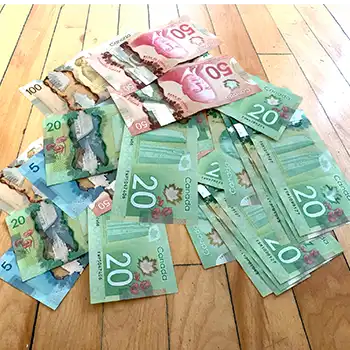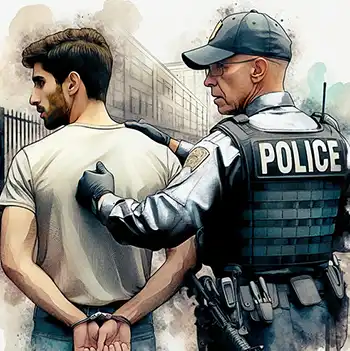Economic Principle of Supply and Demand in the Drug Trade
Though the topic of substance abuse has much to explore, a broader view of the illicit drug trade might also interest a scene some.
The economic principle of supply and demand operates similarly in any market, but with some key differences due to the illegal nature of the goods.
Below are some of the issues expanded upon to help understand the reasons for constant drug problems in our current society.

Principles of Demand & Supply in the Global Drug Trade
1. Demand: The Need or Desire for Drugs or Alcohol
- High demand comes from people seeking the effects of mind-altering substances, either for the effects of euphoria, to escape from pain, or self-medication for mental health, or even peer pressure.
- General factors influencing demand include, but are not limited to, these three areas. Each will have its own degree of continued demand for the effects of drugs or alcohol. You may even recognize someone you know who has slipped into one or more of these categories.
- Addiction: Once someone is dependent, the demand becomes compulsive.
- Social and economic issues: Poverty, unresolved trauma, lack of access to healthcare, and mental health issues often lead to drug or alcohol use as a means of relief. Including poor or misdiagnosis of patient conditions. Even false labelling to medicate.
- Cultural trends: Certain drugs can become popular based on music, social circles, or online social commentaries & cinematography can be sources of influence.
2. Supply: The Availability of Drugs or Alcohol
- Suppliers include producers (e.g., cartels, clandestine labs), traffickers, and street-level dealers. Liquor boards and legislative bodies, as seen with the legalization of marijuana.
- Drugs are produced in various regions and trafficked into areas with high demand.
- Supply can be affected by:
- Law enforcement efforts (e.g., seizures, arrests, border control).
- Production disruptions (e.g., crop failure for opium or coca).
- Competition and violence among trafficking organizations.
1 888-488-8434
Get immediate
help for addiction.
3. How the Market Reacts (Price and Availability)
- When demand is high and supply is limited, prices go up.
- When supply increases (e.g., through new smuggling routes or synthetic production of drugs like fentanyl), prices may drop, making drugs more accessible and increasing usage.
- If law enforcement cracks down on one type of drug, suppliers may shift to alternatives (e.g., from heroin to fentanyl, which is cheaper to produce and smuggle).
- The above also applies to the distribution of alcohol; certain wine crops may drive costs up or down. If people drink less, the cost of liquor will rise, as seen with the tobacco industry over the last 4 decades.
4. Unique Features of the Illicit Drug Market
- Risk pricing: Because the drug trade is illegal, sellers charge more to compensate for legal risk. It’s expensive to import 20 kilos of cocaine while permitting 5 kilos elsewhere to be seized, thus directing attention away from the 20 kilos.
- Quality fluctuation: With no regulation, drug purity varies, increasing overdose risk.
- Inelastic demand: Many users will keep buying even if prices rise, due to addiction. (Note: Inelastic demand means that when the cost of a good or service goes up, consumers’ buying habits stay about the same.)
- Violence and control: Unlike legal markets, competition is often resolved through violence rather than pricing or advertising.
Example
If law enforcement successfully seizes a large shipment of cocaine:
- Supply drops, causing prices to rise.
- Addicted users may pay more, or switch to cheaper alternatives (like meth or fentanyl).
- Dealers might cut their product with fillers to stretch supply, increasing health risks to the consumer.
In short, the laws of supply and demand still apply in the illicit drug trade, but are distorted by illegality, addiction, and violence.

In Conclusion
The above may feel like an economics lesson, but it is intended to give the reader a wider scope of understanding of the field of substance abuse. In other words, your son or daughter or spouse may be using some substance, and you see their life spiral out of control. This can wake up a sense of failure, inability, or simply hopelessness in doing something effective.
The first action to recognize is that this is a GLOBAL problem. And to date, the only true and tried solution to all of it is to cut out the demand.
This is best done by,
- Good, affordable, accessible detox and rehab treatment programs for all.
- Effective early education programs that bring about a high understanding of the damage caused by drug and alcohol use.
- Stop the glorifying of drugs and alcohol on TV, Sports, cinema, etc.
- Lastly, effective and consistent result-based Mental Health therapy, so as not to require any chemical straitjacket.

Marc J. Bernard
Author,
Substance Use Disorder & Recovery Professional,
Referral & Consultation Counsellor

